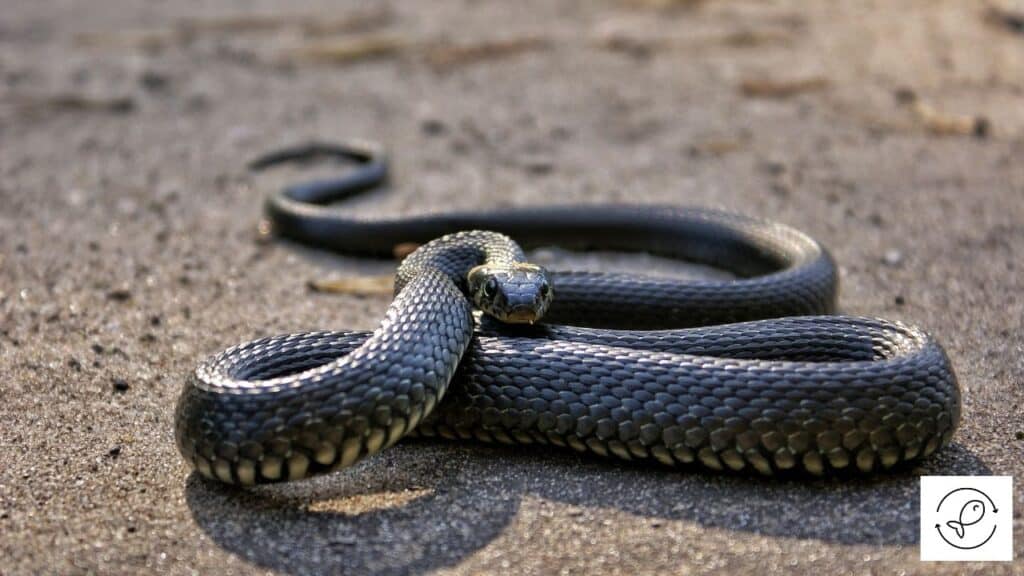Fish have a unique appearance. However, sometimes they resemble other aquatic or land creatures. So, what fish look like snakes?
Fish that look like snakes are:
- Snake Eel,
- Swamp Eel,
- Fire Eel,
- Snakehead,
- Bichir,
- Zebra Moray,
- Lamprey,
- Pipefish,
- Violet Goby,
- Kuhli Loach,
- Reedfish / Ropefish,
- Eelpout,
- Hagfish, and
- Lungfish.
Let’s now learn about the appearance, habitats, and diet of these fish.
Fish That Look Like Snakes
Snakes are land-dwelling reptiles with long bodies and scales on their skin. However, certain fish can easily be mistaken as snakes at first sight.
Following are the fish that have a snake-like appearance.
Snake Eel
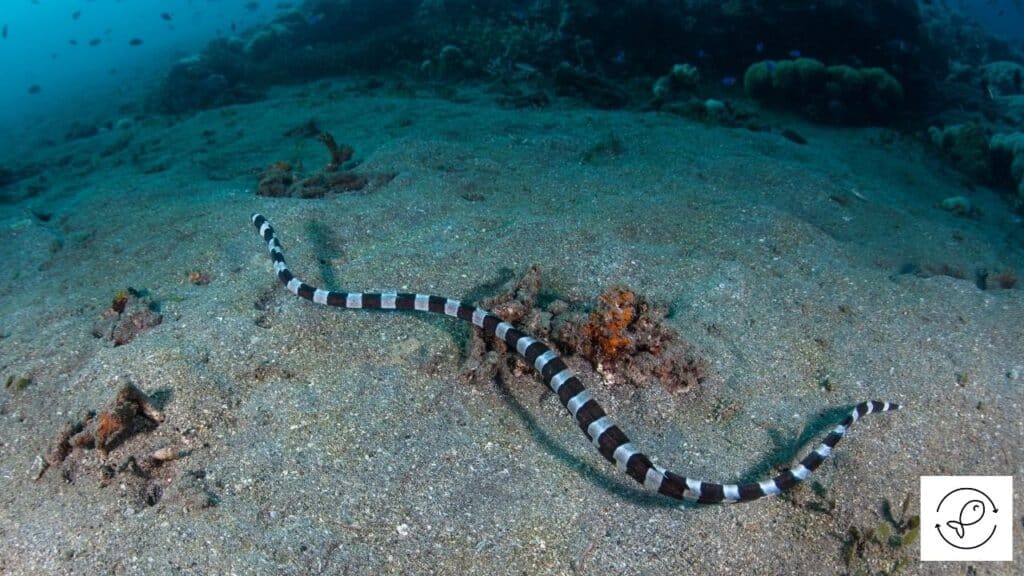
Snake Eels belong to the Ophichthidae family and are found worldwide in temperate to tropical waters.
Snake Eels have long, cylindrical snake-like bodies with scales on their skin. They can grow up to 7 feet or more in length.
They inhabit a wide range of habitats, from coastal shallows and rivers to depths of 800 meters and below. However, most of them live along the sandy, flat reefs.
Since most Snake Eel species lack fins, they burrow themselves in the sand or mud to capture their prey, which mainly consists of small fish and crustaceans.
Besides, these fish are often stripped, mimicking the appearance of sea snakes to deter their predators.
Another distinctive feature of Snake Eels is that they swim in anguilliform locomotion. This allows them to swim forward and backward.
Swamp Eel
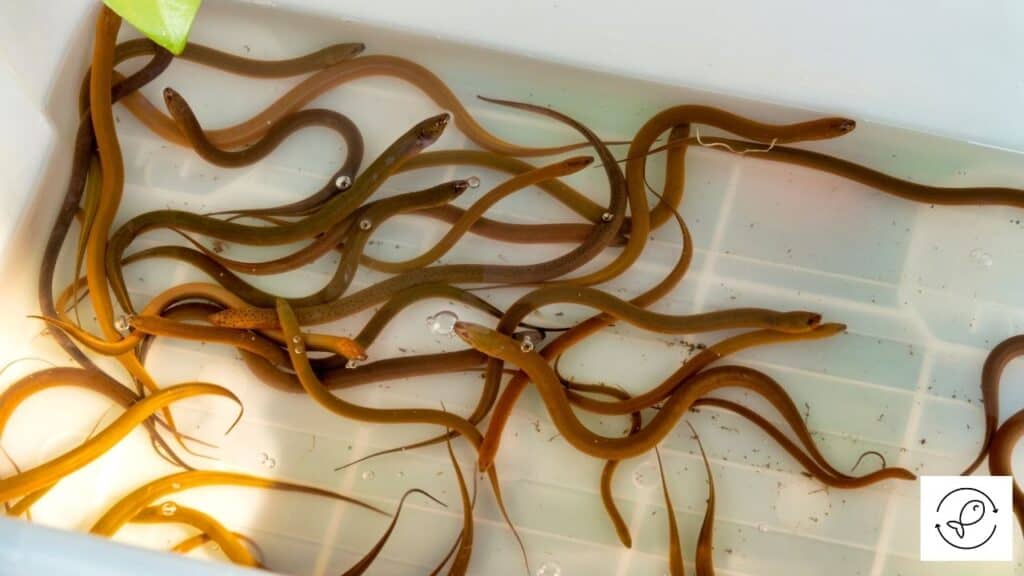
Swamp Eels are blood-red burrowing fish resembling a snake. They belong to the Synbrachidae family.
There are about 25 species of Swamp Eels found worldwide, except in Antarctica.
They are unique bony fish with elongated bodies, but they lack fins, eyes, and ribs.
All Swamp Eels live in dark habitats like caves, underground, stream beds, or marshes.
Since these fish are not exposed to light, they lack pigments. What distinguishes Swamp Eels from other fish is their breathing capability.
These fish breathe through their mouth and skin instead of gills like regular fish. This adaptation has made them less dependent on the water for breathing.
Scientists have discovered a new species of Swamp Eels in northeastern India in Meghalaya.
R.G. Kamei and her colleagues from the Natural History Museum in London have named the new species Monopterus Rongsaw.
Rongsaw is the Khasi word for red that indicates the blood-red color of these newly found species.
Fire Eel
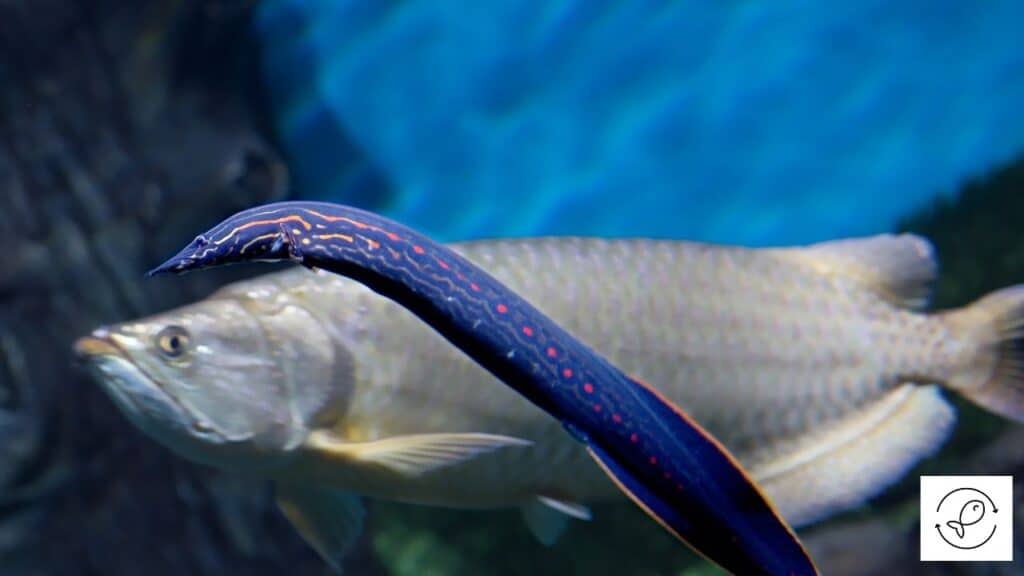
Fire Eels belong to the Mastacembelidae family, native to Southeast Asia. They are relatively large species of Spiny Eels.
Fire Eels are popular freshwater fish that look like snakes. They are popular because of their brightly striped bodies.
Their color varies from olive to bright yellow and can be stripped or blotted with black markings.
Fire Eels are not true eels. They are elongated fish having an underslung mouth and distinctive pointed snout.
Being omnivores, Fire Eels feed on small fish, worms, insect larvae, crustaceans, plant matter, and detritus in their natural habitat.
Snakehead
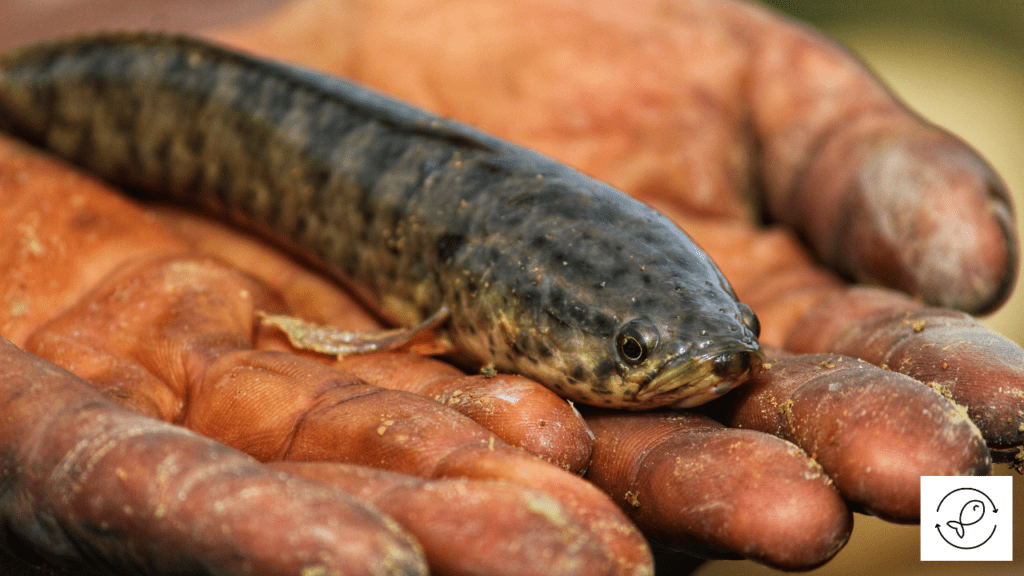
Snakeheads belong to the Channidae family, native to parts of Asia and Africa. They have long cylindrical bodies with large scales on their heads resembling a snake.
Snakeheads are distinguished by long dorsal fins and largemouths with teeth in both jaws.
Another unique feature of Snakeheads is that they can breathe air with gills, which allows them to migrate short distances on land.
Snakeheads are carnivores that feed on aquatic insects, plankton, and mollusks when small. But as they grow, these fish feed on other fish or frogs.
These fish come in various sizes. Some species grow up to 3 feet long while others barely exceed 10 inches in length.
Bichir
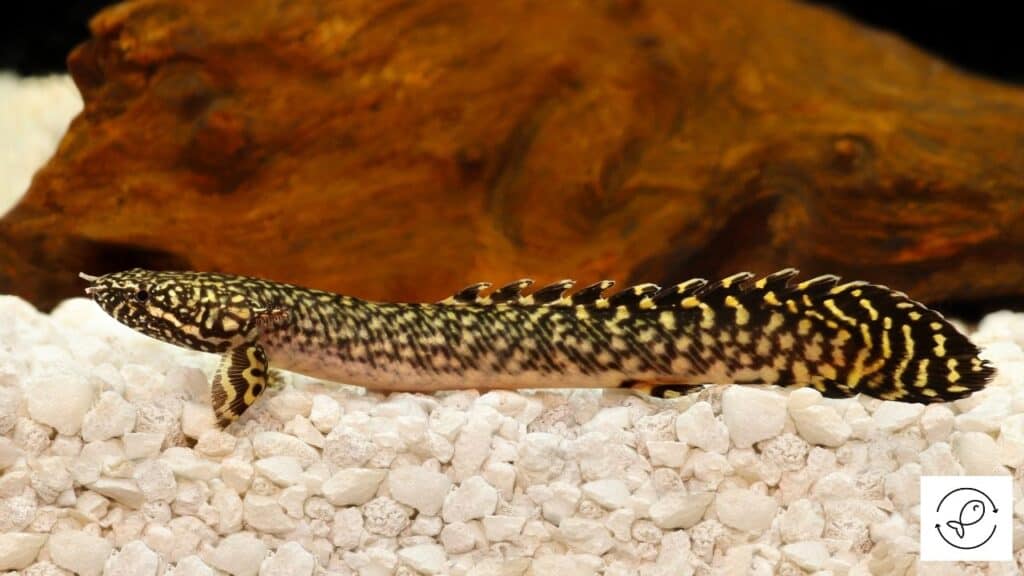
Bichirs belong to the Polypterus family native to western and central Africa’s freshwater lake and river systems.
They are also popularly known as Swamp Dragons, Dinosaur Eels, and Dragonfish. They look like a cross between a snake and an eel.
Bichirs’ body is covered with thick, bonelike rhombic scales.
Besides, the back of Bichirs has spiny dorsal fins that act as a self-defense mechanism and protect them from predators.
Bichirs mainly feed on fish eggs, small fish, worms, insects, crabs, shrimp, and snails in their natural environment.
Zebra Moray
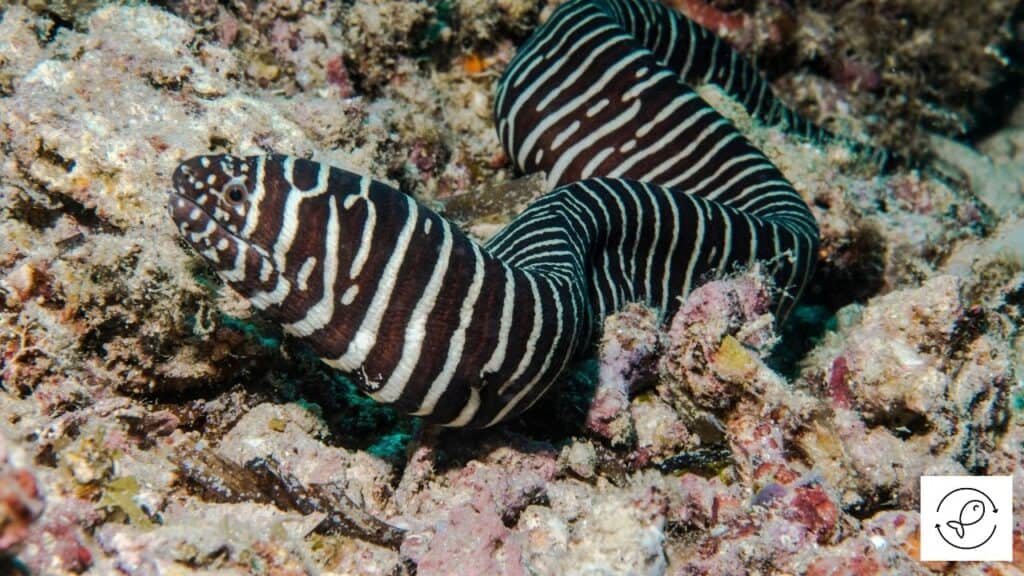
Zebra Morays belongs to the Muraenidae family. They are benthic fish found in the Indo-Pacific area of western Brazil and eastern Africa.
Zebra Morays are medium size fish with an average length of 50 cm. However, some even grow up to around 150 cm.
These fish are favorites among aquarists because of their docile nature.
They can be seen on rocky or coral reefs and shallow coastal waters of up to 40 meters deep in the wild.
Zebra Morays are unique fish with a zebra pattern body.
Their body is covered with dark brown to black colors and white stripes on top, resembling a zebra.
Being nocturnal fish, they often stride out during the night feeding on sea urchins, mollusks, and crustaceans.
Lamprey
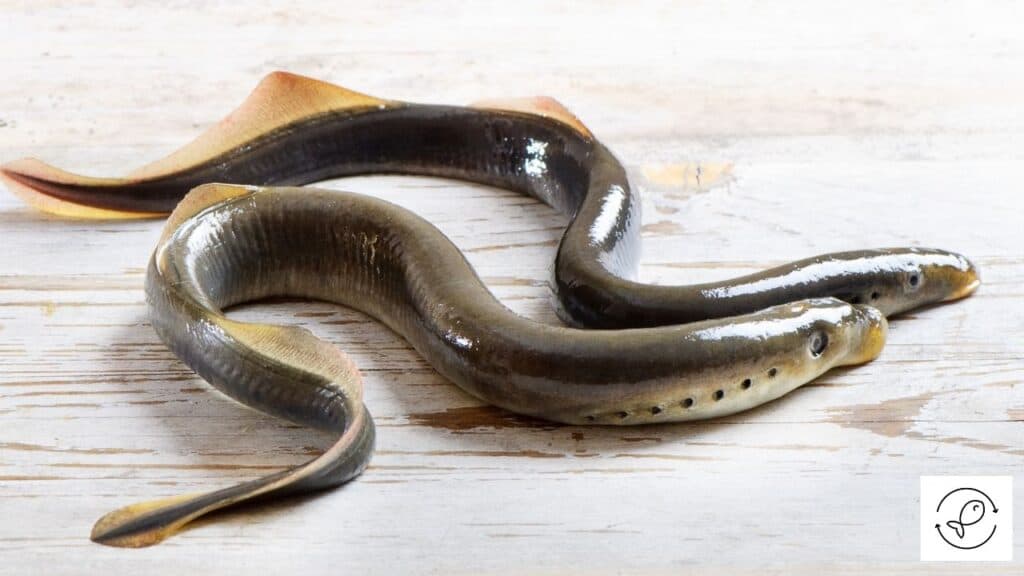
Lampreys belong to the Petromyzonidae family. They inhabit the coastal and freshwaters of most temperate regions worldwide, except Africa.
Lampreys are unique in their look. They have a slender, smooth body resembling a snake with slippery skin.
Besides, their body is long and cylindrical, lacking scales and paired fins.
Lampreys don’t have jaws. Instead, they have a sucking disk for a mouth.
In addition, they have a single nostril located below their eyes in the middle of the head.
Lampreys also have seven pore-like gill openings on each side of the head.
These fish are opportunistic feeders, meaning they eat whatever is found in their natural environment.
They mainly feed on decaying matter, small fish, and even worms.
Pipefish
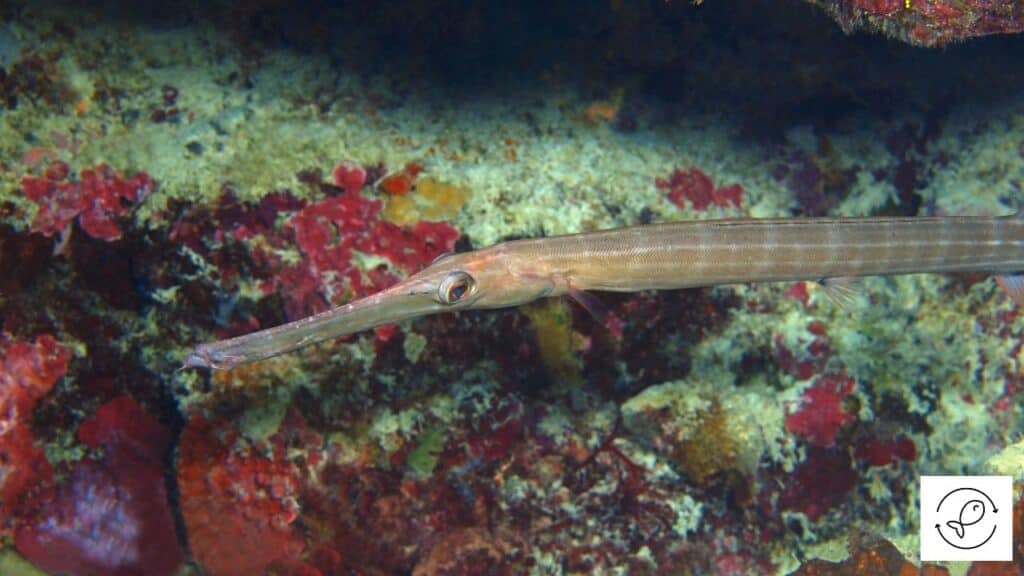
Pipefish are a subfamily of small fishes. They form the Syngnathidae family along with Seadragons and Seahorses.
These fish are primarily marine and are found in tropical and subtropical regions.
Besides, they mainly inhabit the shallow waters as they lack strong swimming ability.
Pipefish look like straight-bodied Seahorses with tiny mouths. However, they have a skinny snake-like body lacking ventral fins or scales.
Pipefish have a highly modified skeleton with several longitudinal ridges along their bodies. So they appear angular rather than round or oval.
The majority of Pipefish species use their caudal fin for locomotion and diving into the sand for shelter or in search of food.
Violet Goby
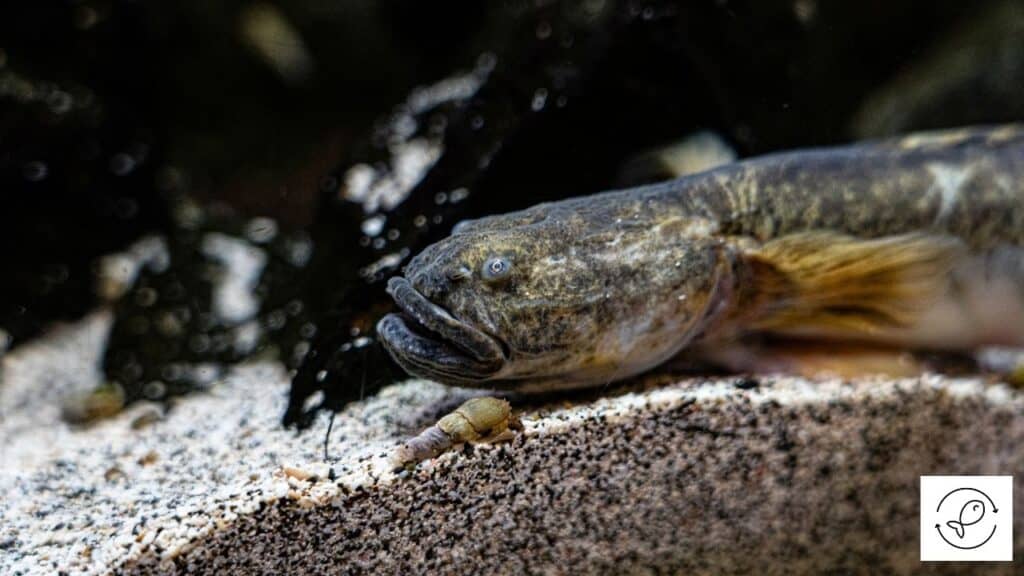
Violet Goby is a species of goby belonging to the Gobiidae family, found throughout Central, North, and South America.
These fish are often marketed as Dragon Goby or Dragonfish. They are primarily found near the estuaries, bays, and river mouths with muddy substrates.
Violet Gobies have an elongated body which is grey to purple in color dorsally but lighter on the lower side.
Another unique feature is their sparkling eyes and sharp teeth that they use for scraping algae off the rocks.
They primarily feed on filamentous algae in the wild. Besides, they also consume fish eggs, aquatic insect larvae, and aquatic snails.
Kuhli Loach
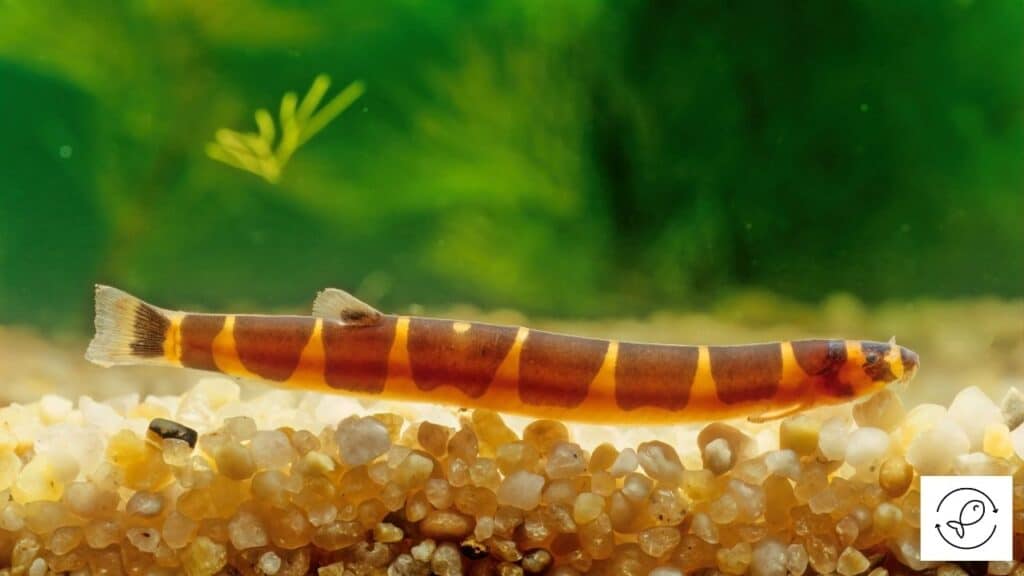
Kuhli Loaches are freshwater fish belonging to the Loach (Cobitidae) family. They originate from Indonesia and the Malay Peninsula.
Their natural habitat is clean mountain streams and sandy beds of slow-moving rivers.
Kuhli Loaches look similar to snakes because of their slender body, skin color, and snake-like movement.
Besides, these fish are colorful with an eel-shaped body.
Kuhli Loaches have 10 to 12 dark brown or black vertical stripes running down their body, each one separated by a lighter stripe.
They also have pinkish spots at various places along their length. Moreover, their colors become more pronounced once the mating season arrives.
Kuhli Loaches are scavengers by nature and feed on insect larvae, fish eggs, tiny crustaceans, etc., in their natural environment.
Since these fish are small and peaceful, aquarists prefer them.
Being nocturnal, they prefer to hide during the day and burrow under the tank ornaments during the night.
Reedfish / Ropefish
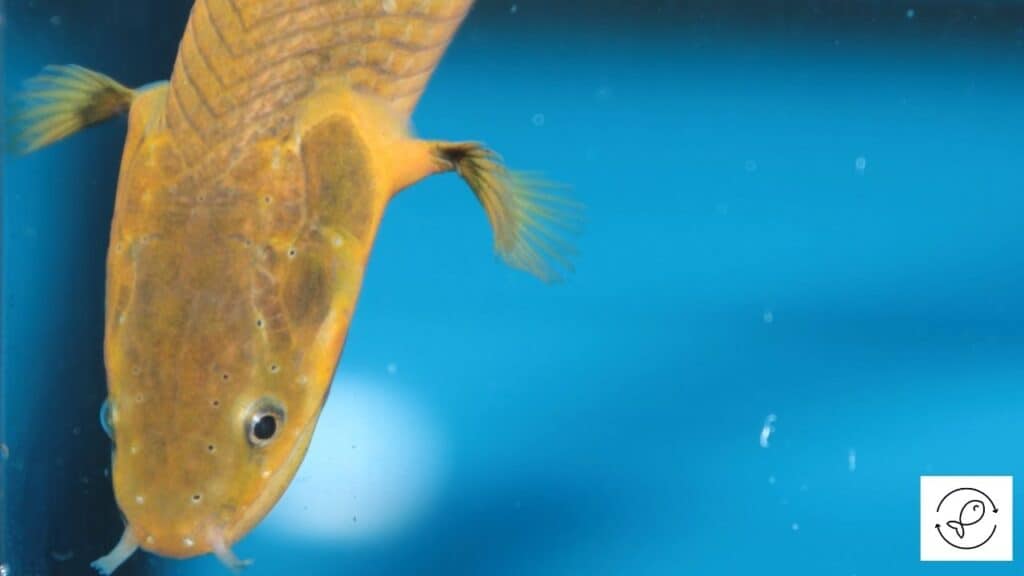
Reedfish, also known as Ropefish, Snake fish, and Dragonfish, is a freshwater species belonging to the Bichir family and order.
They are native to West and Central Africa.
These fish are categorized by their long, snake-like bodies. They are usually green in color with yellow-tinged bellies.
Reedfish are relatively large species reaching up to 3 feet in length.
Since these fish slither along like a snake, they can be seen exploring the land and also consuming food on land.
Being nocturnal, Reedfish are active during the night. Their diet mainly consists of insects, annelid worms, and crustaceans.
They prefer slow-moving waters as their body is not well-equipped to swim against strong currents.
Besides, Reedfish possess lungs and gills that allow them to survive even in water bodies with low oxygen levels.
Eelpout
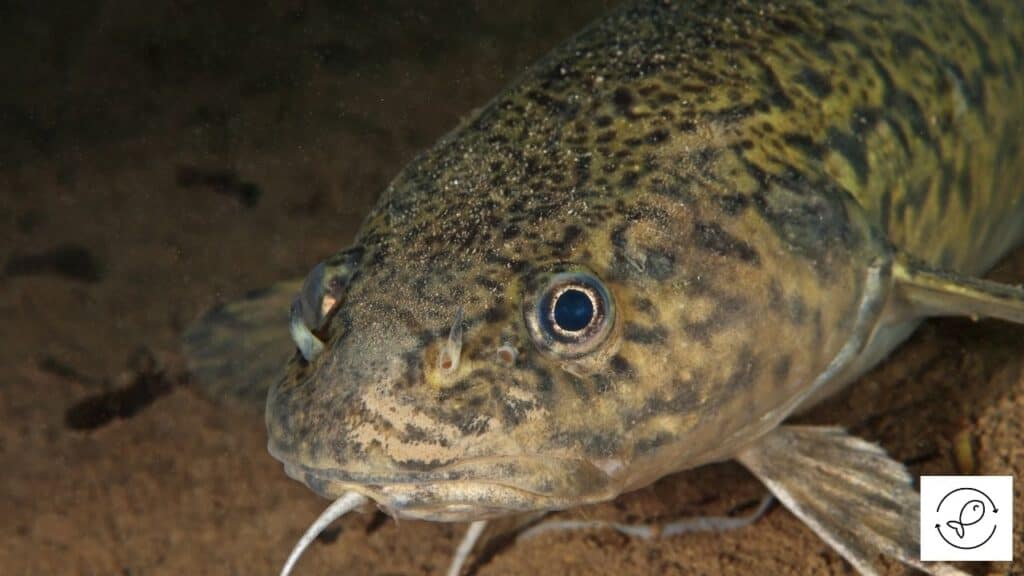
Eelpouts are the ray-finned fish belonging to the Zoarcidae family.
There are around 300 species of Eelpouts distributed all over the globe, predominantly in the Northern Hemisphere.
Eelpouts have an elongated and laterally compressed body, and their look resembles that of snakes.
They come in numerous colors and sizes, based on their location.
These fish are usually olive-green, brown, muddy-yellow, or silver in color.
They are bottom-feeding predatory fish, mainly consuming small fish, fish eggs, crustaceans, gastropods, shrimp, and crabs.
Another distinctive feature of Eelpouts is that they can breathe air when out of water.
Hagfish
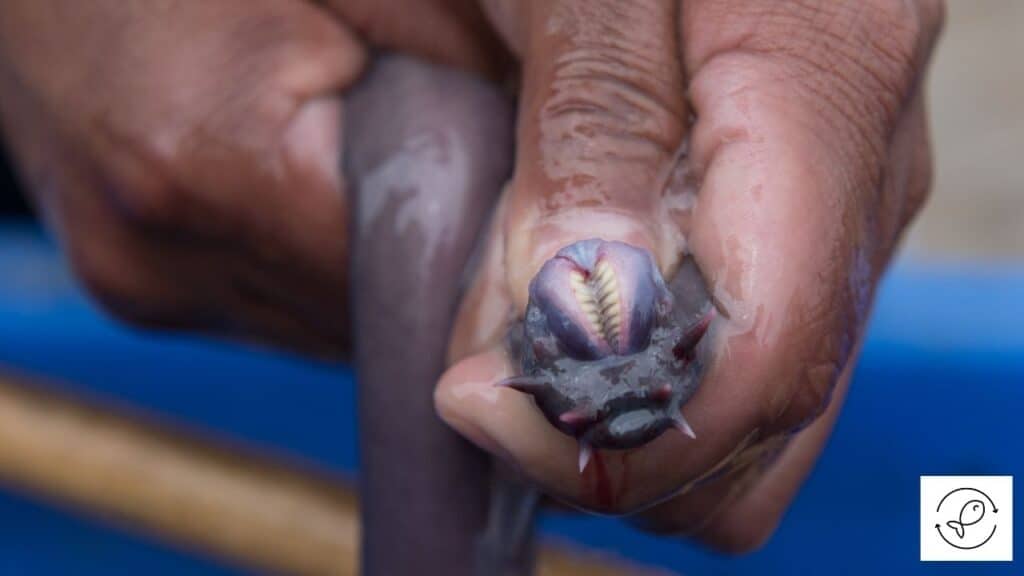
Hagfish belong to the Myxinidae family. There are around 60 species of Hagfish inhabiting the cold ocean waters in the Southern and Northern Hemispheres.
Hagfish is a saltwater fish resembling a snake.
These fish are also occasionally called Slime Eels as they produce a sticky slime that is oozed as mucous from glands along their sides, mainly when they are in distress or agitated.
They are pinkish, have thick barbels on the end of the snout, and are scaleless.
They mainly reside in shallow waters and feed on decaying creatures on the seafloor in their natural environment.
Another unique feature of Hagfish is that they come in various lengths. Typically, the average length of Hagfish is around 50 cm or 19.7 inches.
However, the largest known species, Eptatretus Goliath, is 127 cm (4 feet 2 inches). In contrast, some others are as tiny as 4 cm or 1.6 inches in length.
Lungfish
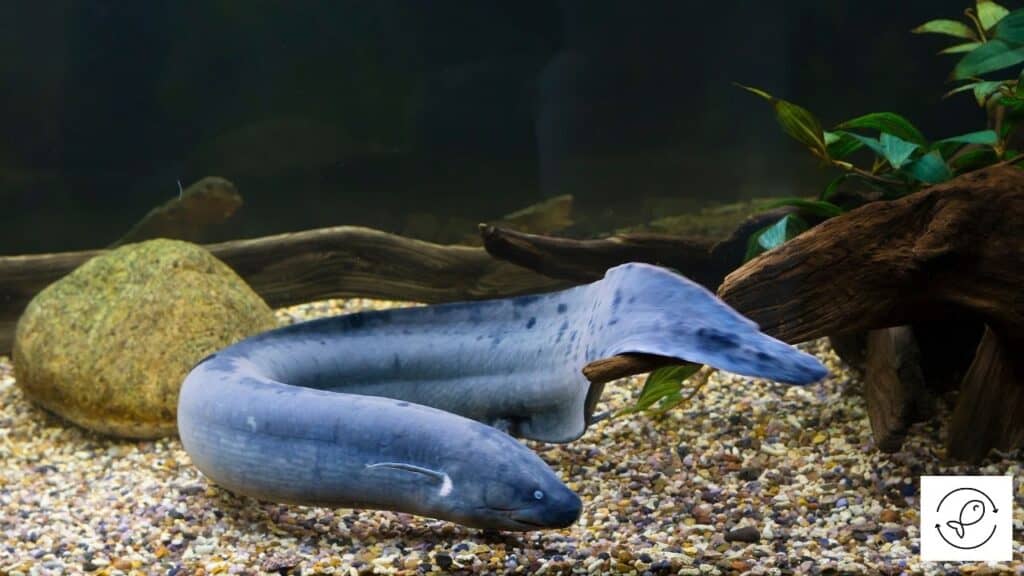
Lungfish are freshwater rhipidistian vertebrates belonging to the order Dipnoi.
There are only six species of Lungfish in existence now, mainly living in South America, Australia, and Africa.
Historically, Lungfish have also been known as Salamanderfish.
All Lungfish have a snake-like body. Their base color is brown, with dark speckles all over.
Besides, their eyes are blue in color and small. Lungfish also have a highly specialized respiratory system.
These fish mainly feed on insects near the logs at the water’s edge. They use suction feeding techniques to consume their prey.
Lungfish draw the prey inside their mouth cavity, which is lined with sharp teeth. They then swallow the prey entirely.

